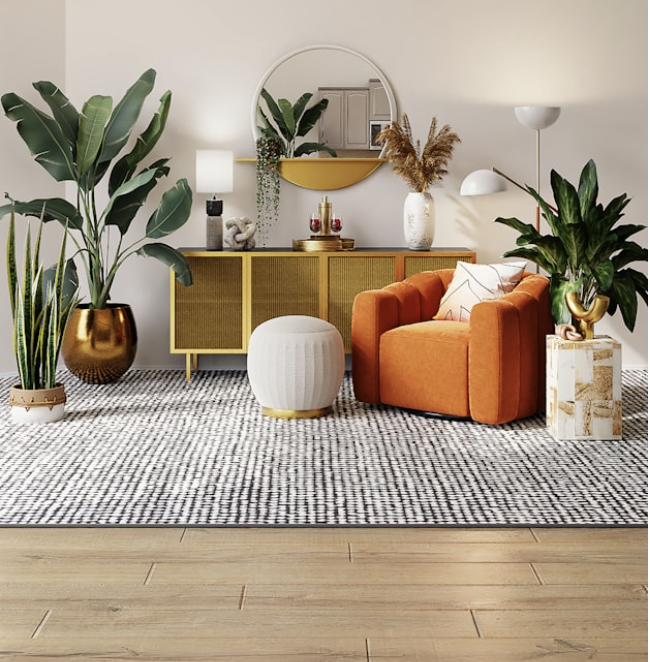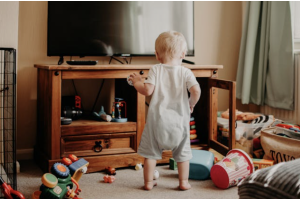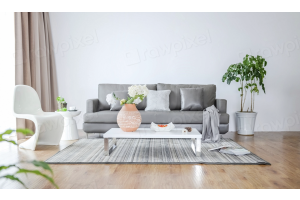Smart Home Design Tips for Family Comfort and Function

Designing a home that balances comfort, functionality, and visual appeal can be both exciting and challenging. A truly family-friendly home must meet everyday needs while maintaining a sense of style that reflects your personality. From open layouts to clever storage and smart technology, thoughtful design choices can transform your living space into a place where everyone feels at ease.
Whether you’re building from scratch or renovating an existing space, small details often make the biggest difference. The goal is to create an environment that adapts to your lifestyle, one that makes life easier, safer, and more enjoyable for every member of the household.
Designing Flexible, Open Spaces
Open floor plans remain one of the most sought-after home design trends, and for good reason. They promote interaction, improve light flow, and make spaces feel larger. Families benefit from open layouts that allow parents to supervise children easily while cooking, working, or entertaining. The key is to maintain balance, ensuring that open areas still have structure and purpose.
Zoning can help define different functions within a single space. Use area rugs, furniture arrangement, or lighting to visually separate zones like dining, lounging, and play. Multi-purpose furniture, such as storage ottomans, sectional sofas, and extendable tables, allows for adaptability as family needs evolve.
Sound control is another consideration in open designs. Acoustic panels, soft furnishings, and rugs help reduce echo and noise, keeping the atmosphere calm and comfortable even during busy moments.
Combining Safety and Style in Structural Elements
Home design should never compromise on safety, especially in family environments. Stairs, balconies, and elevated walkways require sturdy and reliable materials that still enhance visual appeal. For example, using horizontal iron balusters adds both strength and style to staircases, offering a sleek, modern look that complements a variety of interior themes. These balusters improve safety and provide a durable, low-maintenance solution ideal for active households.
Beyond staircases, safety-conscious design includes rounded furniture edges, non-slip flooring, and secure window locks. For families with young children, incorporating safety gates and easy-to-clean surfaces can prevent accidents while maintaining an elegant aesthetic. Even small upgrades like improved handrails or motion-sensing lighting make a noticeable difference in comfort and peace of mind.
Prioritizing Comfort With Smart Climate and Lighting Control
A comfortable home starts with consistent temperature and lighting. Smart thermostats and zoned heating systems allow families to adjust comfort levels for specific rooms, saving energy and improving convenience. Bedrooms can be kept cooler for sleep, while living areas stay warm during family time.
Lighting plays an equally important role in comfort and function. Natural light boosts mood and productivity, while layered artificial lighting ensures flexibility throughout the day. Incorporate task lighting in workspaces, ambient lighting in shared areas, and dimmable fixtures for relaxation.
Smart lighting systems that respond to schedules or voice commands make daily routines easier. Motion-activated night lights in hallways and bathrooms can improve safety and reduce nighttime disruptions. These thoughtful touches personalize your environment while making energy efficiency effortless.
Creating Organized and Functional Storage Solutions
Every family accumulates belongings, and without proper organization, clutter can quickly take over. Smart storage design is about accessibility and aesthetics, keeping items within reach but out of sight. Built-in shelving, under-stair drawers, and modular cabinetry can make even small spaces feel spacious and organized.
Mudrooms or entry zones equipped with hooks, cubbies, and benches help manage coats, shoes, and bags, preventing clutter from spreading into living areas. In kitchens, pull-out pantries, lazy Susans, and drawer organizers keep essentials neatly arranged and easy to find.
Integrating Technology Seamlessly Into Daily Life
Smart home technology is revolutionizing modern living by combining convenience, security, and energy efficiency. When planned thoughtfully, these systems integrate seamlessly into the home environment, enhancing function without overwhelming the design.
Voice-controlled assistants can manage lighting, temperature, and even entertainment systems, reducing stress for busy families. Security cameras, doorbell alerts, and automated locks provide peace of mind whether you’re home or away.
Incorporating Natural Elements for Well-Being
Natural design elements help balance the high-tech aspects of modern homes, grounding spaces with warmth and texture. Incorporating wood, stone, and organic fabrics promotes a sense of calm and connection to nature. Large windows, skylights, and glass doors enhance this feeling by drawing in natural light and offering views of greenery.
Indoor plants are a simple yet effective way to improve air quality and add visual appeal. Families can use plants to teach children about care and responsibility while benefiting from their stress-reducing effects. Choose low-maintenance species like pothos, snake plants, or ferns for easy upkeep.
A smart home design prioritizes both function and feeling. By focusing on safety, comfort, organization, and connection, you can create a space that adapts to your family’s lifestyle while offering long-term value. Each design decision, whether structural, technological, or aesthetic, contributes to a home that feels welcoming, efficient, and built for the future.






